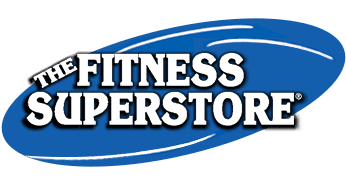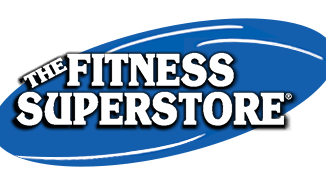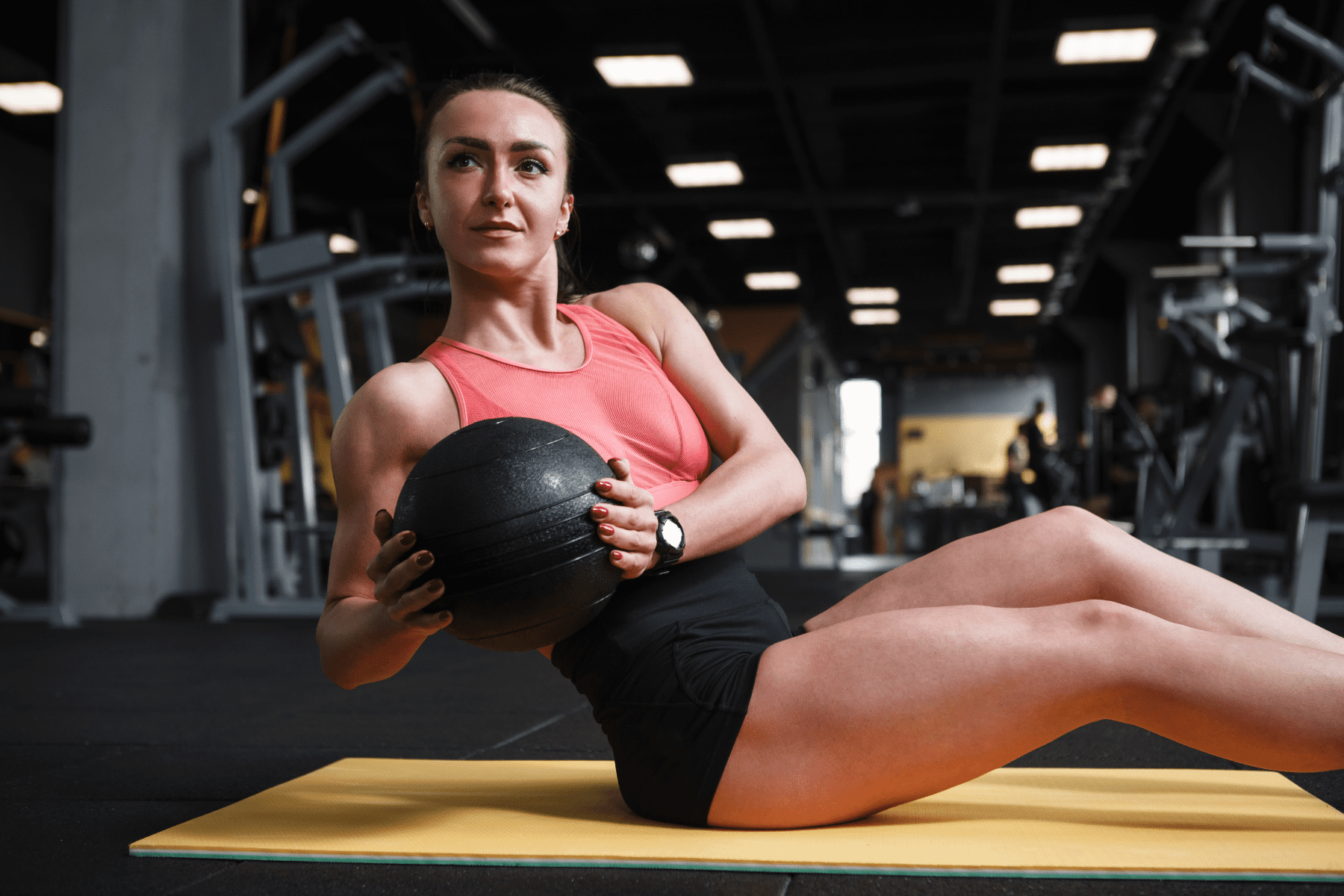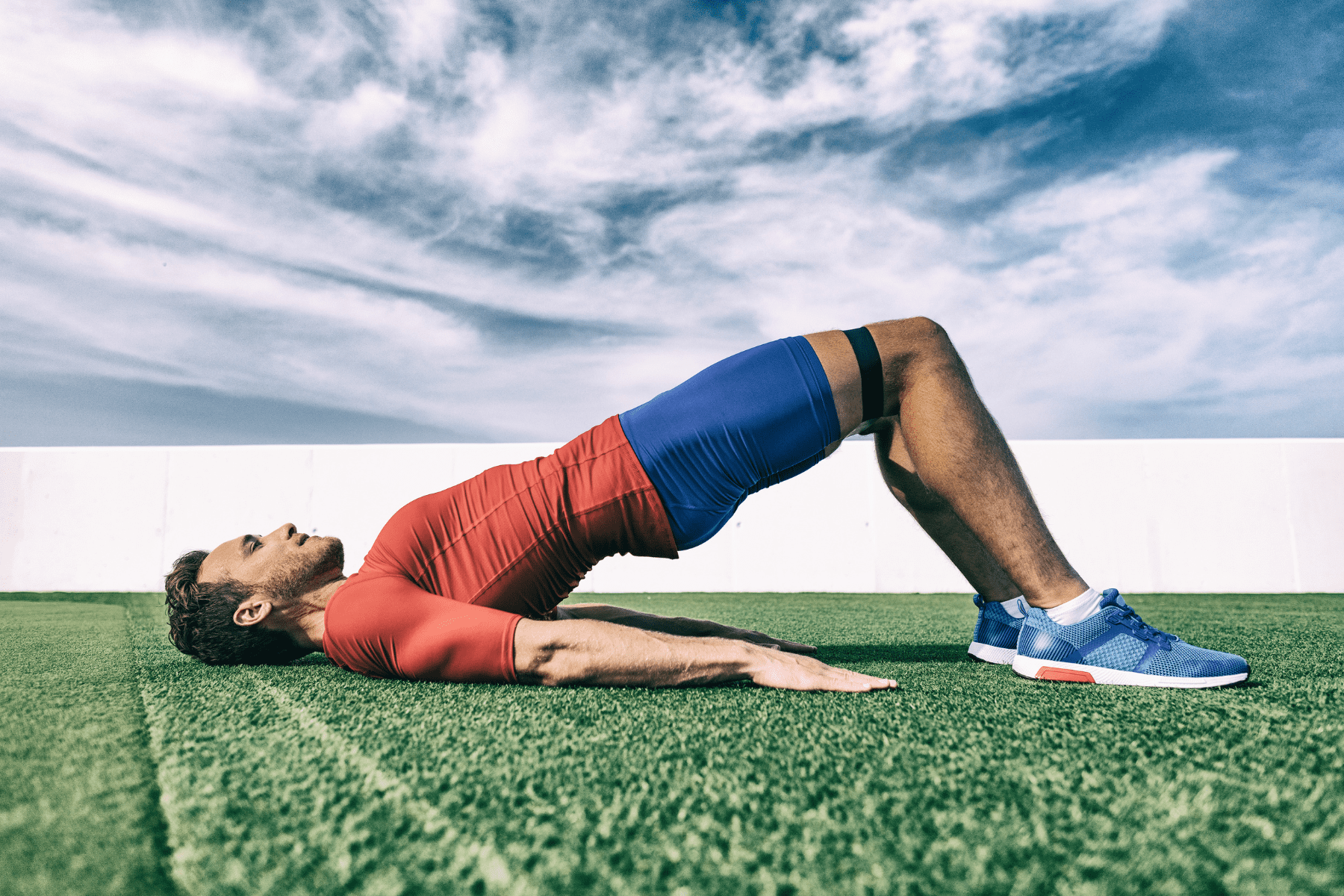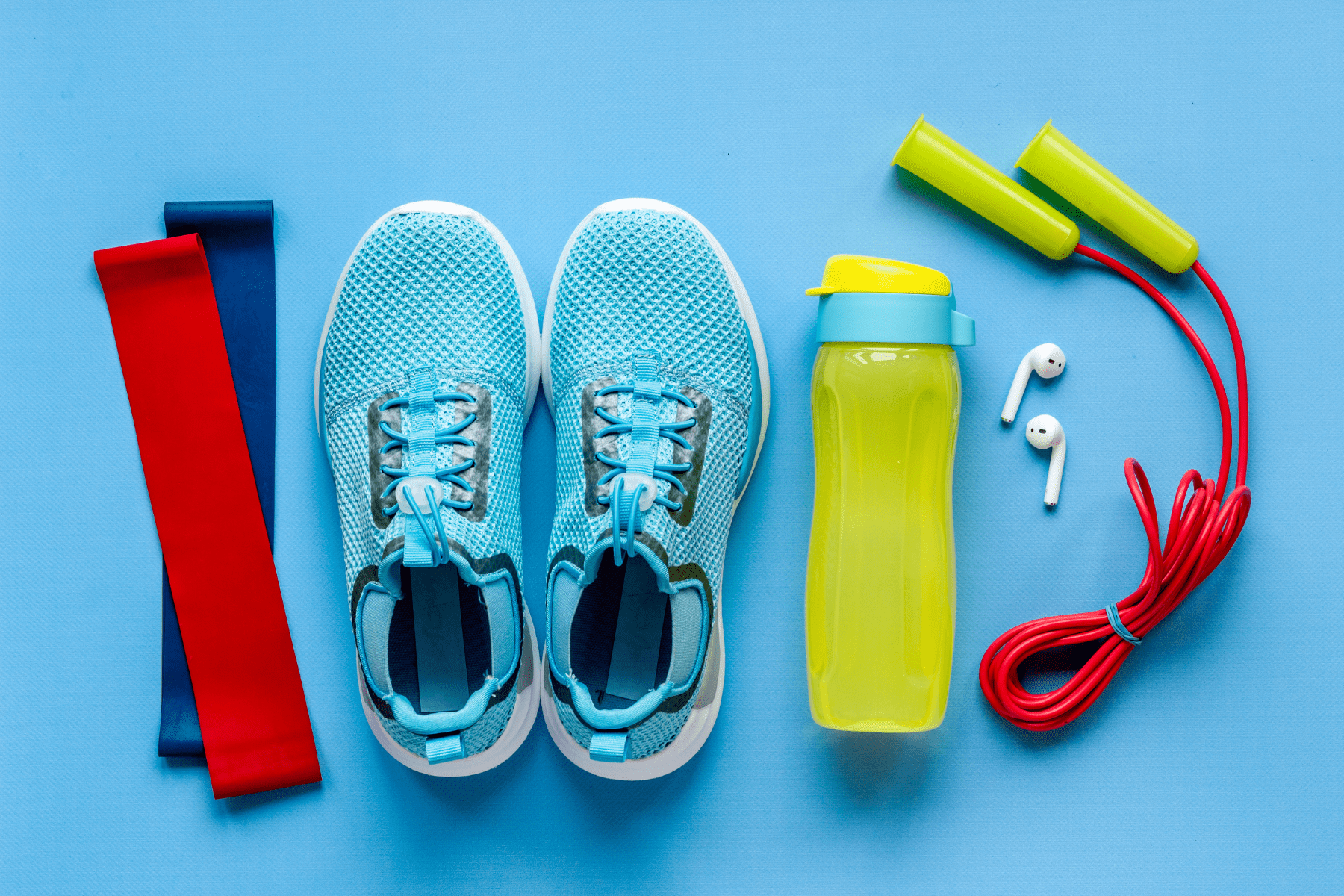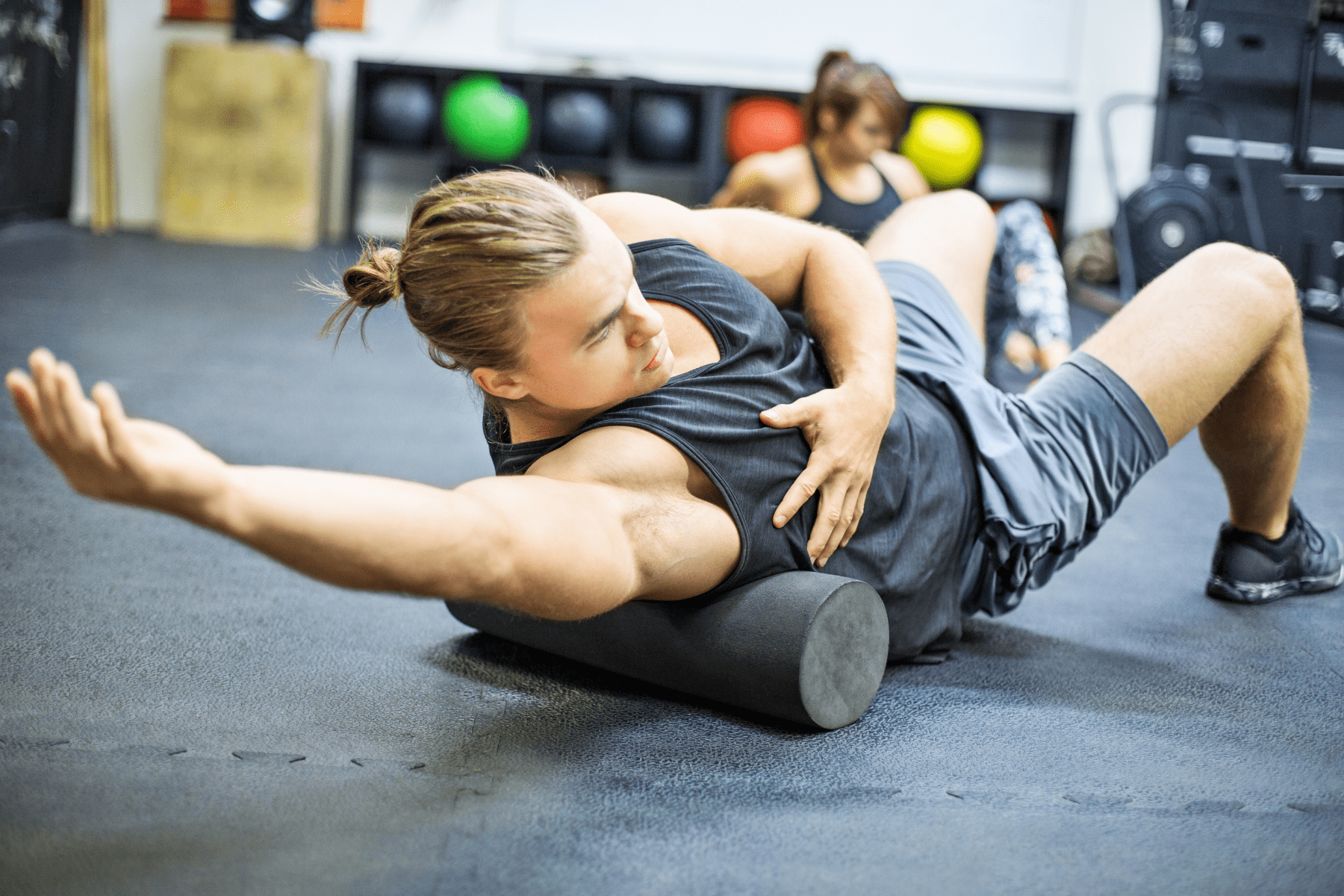When it comes to cardio workouts, two of the most popular pieces of equipment are the treadmill and the elliptical. But which one is right for you? Is an elliptical better than a treadmill? This is a common question among fitness enthusiasts and those looking to start a new exercise routine. Each machine offers unique benefits and caters to different fitness needs.
At The Fitness Superstore, we help you understand the advantages and drawbacks of both to make the best choice for your fitness journey.
How To Use a Treadmill
How to use a treadmill effectively is key to maximizing your workout and avoiding injury. Treadmills offer a straightforward way to perform cardiovascular exercises, whether you are walking, jogging, or running.
Getting Started on a Treadmill
1. Warm-Up: Begin with a light walk or slow jog for 5-10 minutes to warm up your muscles.
2. Set Your Pace: Adjust the speed and incline to match your fitness level and workout goals. Start slow and gradually increase your pace.
3. Maintain Proper Form: Keep your posture upright, shoulders relaxed, and gaze forward. Avoid holding onto the handrails unless necessary for balance.
4. Cool Down: Conclude your session with a slow walk to gradually bring your heart rate down.
Features to Utilize
1. Incline Settings: Use an incline to simulate hill walking or running, which increases the intensity and burns more calories.
2. Pre-Programmed Workouts: Many treadmills come with built-in workout programs designed for various fitness goals like fat burning, endurance, or interval training.
3. Heart Rate Monitoring: Utilize the heart rate monitors to stay within your target heart rate zone for optimal cardiovascular benefits.
Pros and Cons of Using a Treadmill
Exploring the pros and cons of an elliptical will help you determine if this machine is the right fit for your exercise routine.
Pros of Ellipticals
1. Versatility: Treadmills are excellent for all fitness levels, allowing you to walk, jog, or run at your own pace.
2. Convenience: You can use a treadmill in any weather and at any time, providing a reliable workout option.
3. Controlled Environment: Treadmills offer a consistent surface, which can reduce the risk of tripping or uneven terrain injuries.
4. Customizable Workouts: With adjustable speeds and inclines, you can tailor your workout to your specific fitness goals.
Cons of Treadmills
1. High Impact: Running on a treadmill can be hard on the joints, particularly for those with pre-existing conditions or injuries.
2. Monotony: Some users may find treadmill workouts repetitive and less engaging than outdoor activities.
3. Space and Cost: Treadmills can be bulky and expensive, requiring significant space and financial investment.
How To Use an Elliptical
How to use an elliptical properly is essential for getting the most out of your workouts and ensuring safety. Ellipticals provide a low-impact cardiovascular workout that is easy on the joints.
Getting Started on an Elliptical
1. Warm-Up: Start with a few minutes of slow pedaling to prepare your muscles for exercise.
2. Set Your Resistance and Incline: Adjust the machine’s resistance and incline to match your fitness level and goals.
3. Maintain Proper Form: Stand upright with your feet flat on the pedals and hold onto the handlebars. Keep your movements smooth and controlled.
4.Cool Down: Gradually reduce the resistance and pace to cool down after your workout.
Features to Utilize
1. Forward and Reverse Motion: Use both forward and backward pedaling to engage different muscle groups and vary your workout.
2. Upper Body Workout: Take advantage of the moving handlebars to incorporate an upper body workout, targeting your arms, chest, and back.
3. Heart Rate Monitoring: Similar to treadmills, use heart rate monitors to keep track of your intensity and ensure you stay within your target heart rate zone.
Pros and Cons of Using an Elliptical
Exploring the pros and cons of an elliptical will help you determine if this machine is the right fit for your exercise routine.
Pros of Ellipticals
1. Low Impact: Ellipticals provide a smooth, gliding motion that reduces stress on the joints, making them ideal for individuals with joint issues or injuries.
2. Full-Body Workout: With the addition of moving handlebars, ellipticals engage both the upper and lower body.
3. Variety: The ability to pedal forward and backward adds diversity to your workouts, targeting different muscle groups.
4. Calorie Burning: Ellipticals can be very effective at burning calories, especially when resistance and incline are increased.
Cons of Ellipticals
1. Less Natural Movement: The motion of an elliptical can feel less natural compared to walking or running, which may take some getting used to.
2. Lower Bone Density Benefits: Because ellipticals are low-impact, they may not offer the same bone-strengthening benefits as higher-impact activities like running.
3. Space and Cost: Like treadmills, ellipticals can be large and expensive, requiring a significant investment in both space and money.
Comparing Treadmills and Ellipticals: Which Is Right for You?
Deciding whether an elliptical is better than a treadmill depends on your personal fitness goals, physical condition, and workout preferences.
Key Comparisons
1. Impact on Joints: If joint pain or injury is a concern, an elliptical’s low-impact motion might be more suitable. However, if building bone density and enjoying a more natural running motion are priorities, a treadmill could be the better choice.
2. Muscle Engagement: Treadmills primarily target the lower body, while ellipticals provide a full-body workout by engaging both the upper and lower body.
3. Calorie Burn: Both machines are effective for burning calories, but the ability to adjust incline and resistance can make both highly effective for high-intensity workouts.
4. Variety and Engagement: Ellipticals offer more variety in movement, which can make workouts feel less monotonous compared to the repetitive motion of running on a treadmill.
At The Fitness Superstore, we encourage you to try both machines in our showroom to see which one best fits your needs and preferences.
Factors To Consider When Choosing Between a Treadmill and an Elliptical
Several factors can influence your decision on whether an elliptical is better than a treadmill for your workout regimen. Here are some key considerations:
1. Fitness Goals: Define your primary objectives. Are you looking to build endurance, lose weight, or improve overall fitness? Your goals can guide you toward the right machine.
2. Physical Condition: Consider any existing injuries or joint issues. Low-impact exercises on an elliptical might be more appropriate for those with knee or hip concerns.
3. Space and Budget: Assess the available space in your home and your budget. Treadmills and ellipticals come in various sizes and price ranges, so choose one that fits your space and financial constraints.
4. Workout Preferences: Think about which type of workout you enjoy more. Your likelihood of sticking with your exercise routine is higher if you find it enjoyable and engaging.
At The Fitness Superstore, our experienced fitness consultants can help you weigh these factors and find the equipment that best meets your needs. With our extensive selection and in-store trials, you can make an informed decision that aligns with your fitness goals.
Ready to find the perfect cardio equipment for your fitness journey? Contact Us at The Fitness Superstore or visit our showroom to try out our extensive range of treadmills and ellipticals. Let our experienced team help you make the best choice for your health and wellness goals.

